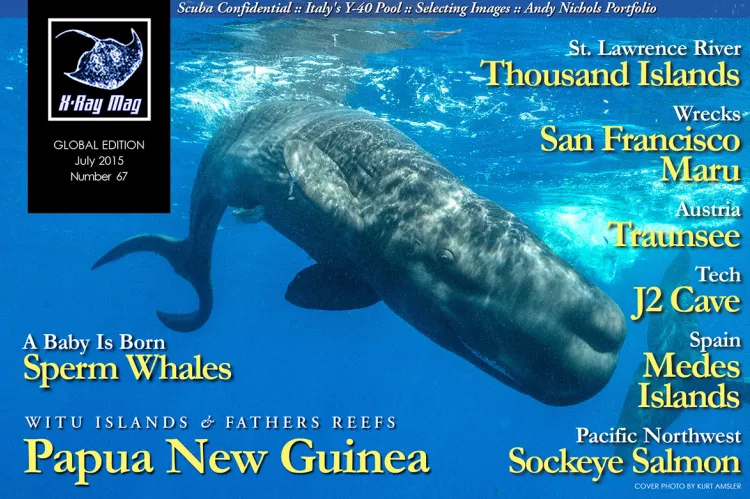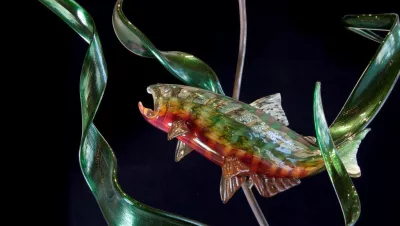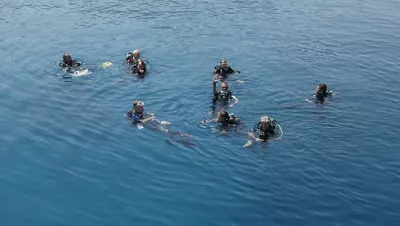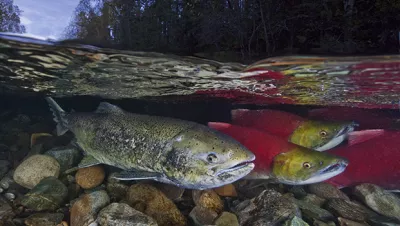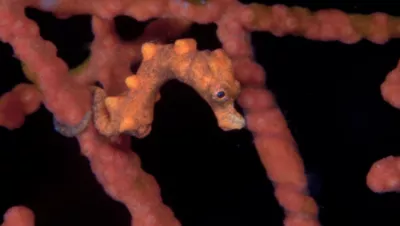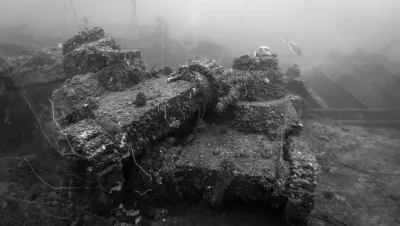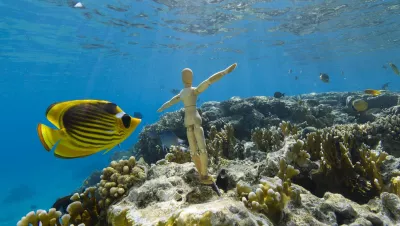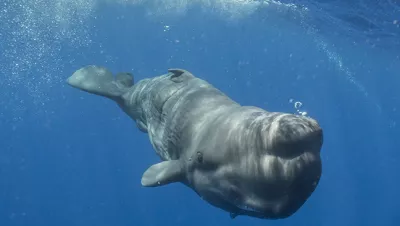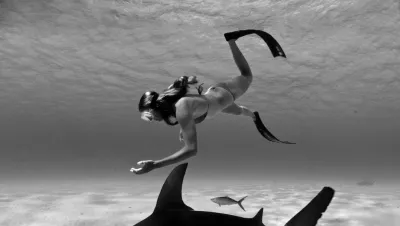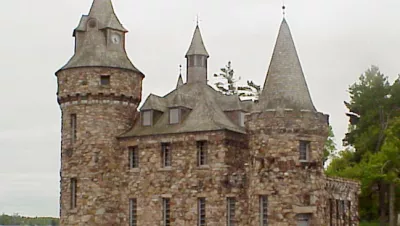First described in 1837 by the German naturalist Eduard Rüppell, the great hammerhead shark (Sphyrna mokarran) is the largest of the hammerhead shark family and can reach a length of over 6m (20ft), although some specimens have been seen to be much larger than this. However, with overfishing, the great hammerhead is usually observed to be much smaller than this. Large congregations have been seen off the Galapagos, Cocos Island and a few small islands in the Indo Pacific—that we know off. I say that, only because there are so many island groups and atolls in the Indian Ocean and the Pacific that are never dived, that we have no idea of what can be found there.

